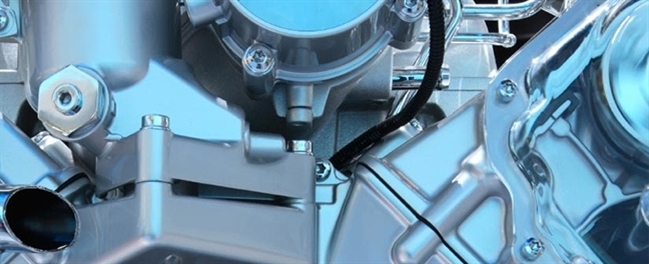
We are surrounded by an increasing number of electrical and electronic devices and systems in public spaces, factories, offices or homes. Many of these devices may cause harm to people, animals or the environment if they do not have structural security mechanisms that are activated when necessary to reduce potential risks to a tolerable level.
The purpose of functional security is to bring and reduce risk to a tolerable level. But there is no such thing as zero risk. Functional safety measures the risks associated with the occurrence probability of a given incident and how severe it will be.
Functional safety for industrial facilities is the best way to reduce natural risks in hazardous industrial processes both within the factory and chemical facility and on site.
SIL is an abbreviation for Safety Integrity Level, a functional security system used to measure and qualify requirements for SIS, and means to reduce the risk to an acceptable level.
A Safety Instrument System (SIS) is a system designed for use in one or more Safety Instrument Function (SIF) applications.
SIL is a measure of the amount of risk mitigation provided by the Safety Instrument Function and has the highest safety integrity of SIL 4 and the lowest level of SIL 1. All three columns in the table below define safety - they are all mathematically related.
| Safety Integrity Level (SIL) |
Safety Availability |
Probability of Failure on Demand Avg. |
Risk Reduction Factor (RRF) |
|
SIL 4 |
>99,99% |
0,0001 to 0,00001 |
10.000 to 100.000 |
|
SIL 3 |
99,90% to 99,99% |
0,001 to 0,0001 |
1.000 to 10.000 |
|
SIL 2 |
99,00% to 99,90% |
0,01 to 0,001 |
100 to 1.000 |
|
SIL 1 |
90,00% to 99,00% |
0,1 to 0,01 |
10 to 100 |
When considering a specific SIL level application, a Type A “Simple” device must achieve a defined SFF (Safety Failure Fraction) rating.
| Safety Failure Fraction (SFF) |
Hardware Fault Tolerance (HFT) for Type A Device |
||
|
0 |
1 |
2 |
|
|
< 60% |
SIL 1 |
SIL 2 |
SIL 3 |
|
≥ 60% |
SIL 2 |
SIL 3 |
SIL 4 |
|
≥ 90% |
SIL 3 |
SIL 4 |
SIL 4 |
|
≥ 99% |
SIL 3 |
SIL 4 |
SIL 4 |
Consequently, in accordance with IEC EN 61508 (Functional safety in safety-related electrical or electronic or programmable electronic systems) and IEC EN 61511 (Functional safety - Systems with safety instrument for the process industry sector) series standards, ‘REGULATION ON THE PREVENTION AND MITIGATION OF MAJOR INDUSTRIAL ACCIDENTS’, ‘REGULATION ON THE PROTECTION OF EMPLOYEES FROM THE HAZARDS OF EXPLOSIVES’ AND ‘OCCUPATIONAL HEALTH AND SAFETY LAW NO 6331’, it is necessary to carry out quantitative risk assessments for hazardous situations and to reduce the risks to acceptable levels. In line with the analyses, all risks that may occur should be evaluated and functional safety requirements and whether they are necessary or not should be determined. If necessary, the required arrangements should be made for all hazardous situations from the design stage in accordance with IEC, EN 61508 61511 series standards.
Emergency Announcement and Voice Evacuation Systems in the Industrial Facilities »